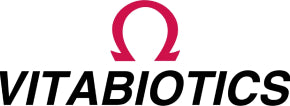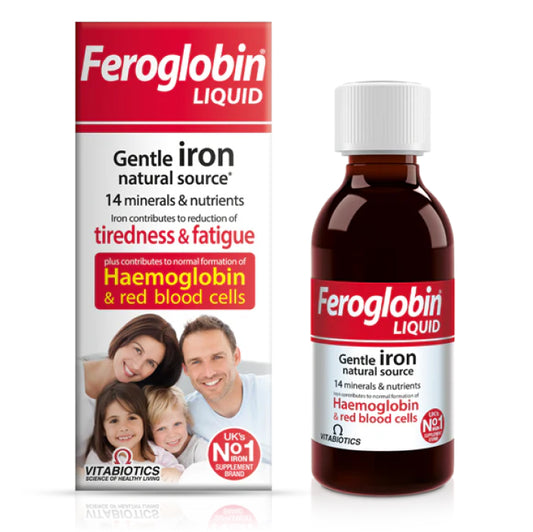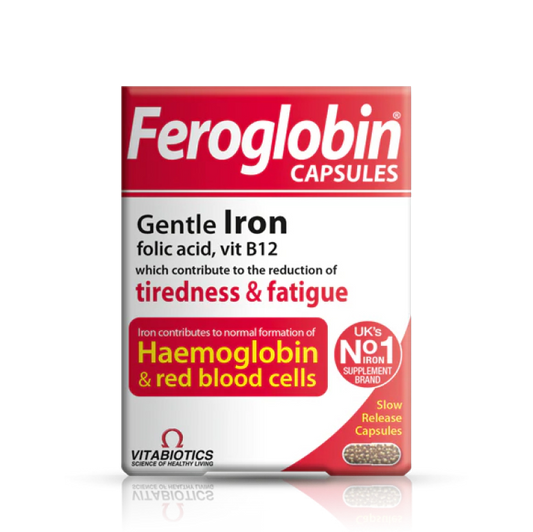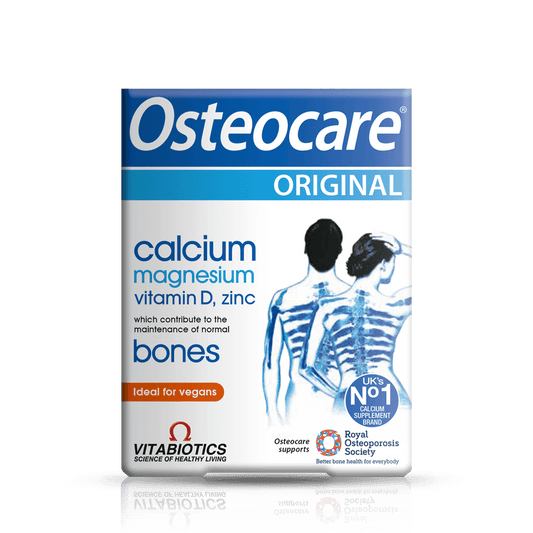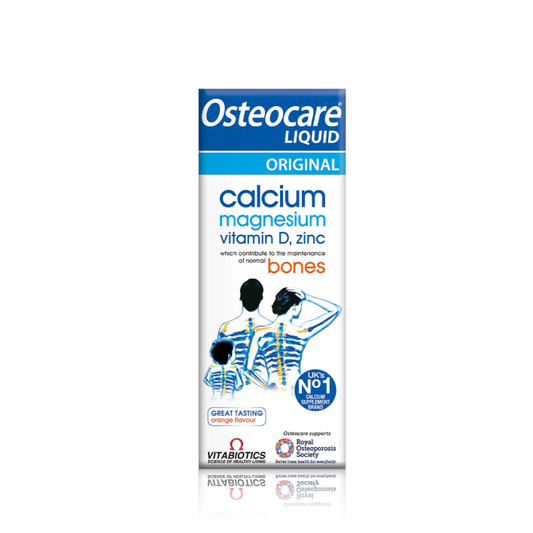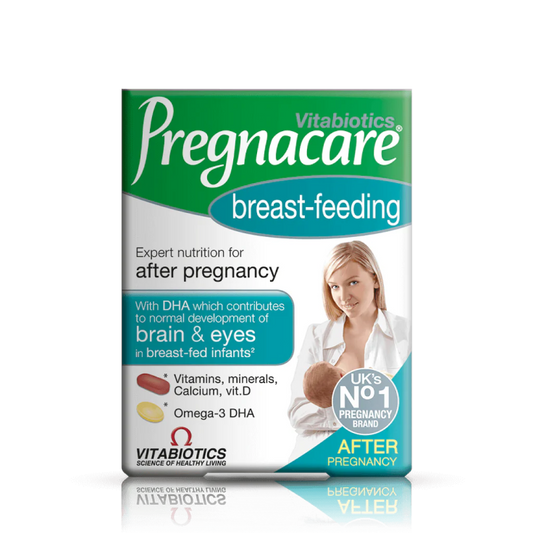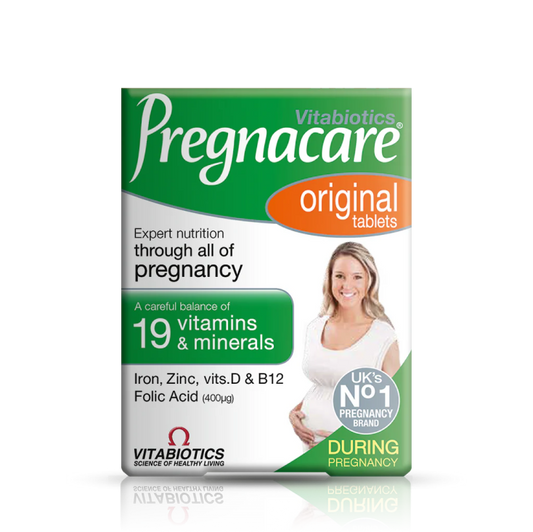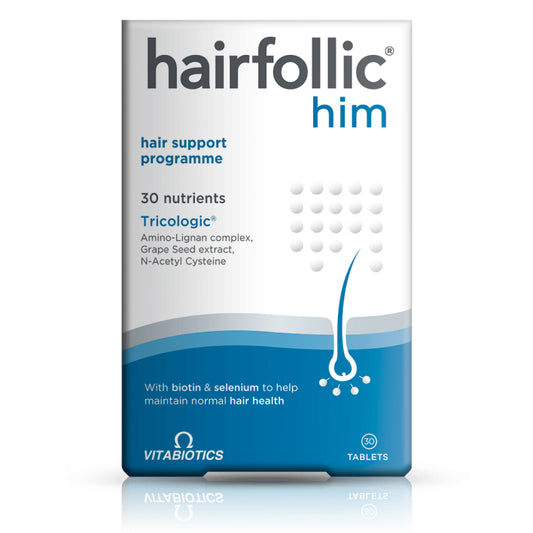Iron plays a key role in the human body, mainly through its role in oxygen transport. It is found primarily in hemoglobin, which allows oxygen to be transferred from the lungs to the tissues, and in myoglobin, which is responsible for storing oxygen in the muscles. In addition, iron participates in DNA synthesis, cellular respiration processes and supports the functions of the immune system, helping to fight infections.
Iron requirements in children and adolescents
For children and adolescents, iron requirements gradually increase with age. In the early years, iron requirements are 3 mg per day (ages 1-3) and later increase to 4 mg (for children aged 4-9). For boys and girls aged 10-12, iron requirements increase to 7 mg, while for girls after their first period, they increase to 8 mg and remain at this level until they reach adulthood. Adolescents aged 13-18 also require 8 mg of iron per day.
Iron requirements for adults
In men the requirement is 6 mg per day, in adult women aged 19-50 it is higher (8 mg), while later the requirement for iron drops to 6 mg. For pregnant women the requirement for this element is many times greater and amounts to as much as 23 mg per day, and during breastfeeding it is slightly higher than the standard requirement (7 mg).
Recommended iron intake - children and adolescents
In the early years of life, it is recommended to consume 7 mg of iron per day (for children aged 1-3) and 10 mg (for children aged 4-9). The recommended iron intake for boys is 10 mg (aged 10-12) and 12 mg (aged 13-18). Girls aged 10-12 are recommended to consume 10 mg of iron per day, while starting from the first menstruation, the intake should increase to 15 mg and remain at this level until adulthood.
Recommended iron intake - adults
Throughout adulthood, men should consume 10 mg of iron per day. Women are advised to consume 18 mg until the age of 50, after which the recommended dose drops to 10 mg. Breastfeeding women are also advised to consume 10 mg of iron per day, while during pregnancy the recommended intake is 27 mg per day.
Occurrence of iron in food
Iron comes in two forms: heme (in animal products) and non-heme (in plant products). The best sources of heme iron, which is more easily absorbed, are red meat, liver, kidneys, poultry, and fish. Non-heme iron, on the other hand, is found in plant products such as legumes, parsley, dark bread, and eggs. The absorption of non-heme iron can be increased by consuming it with foods rich in vitamin C.
